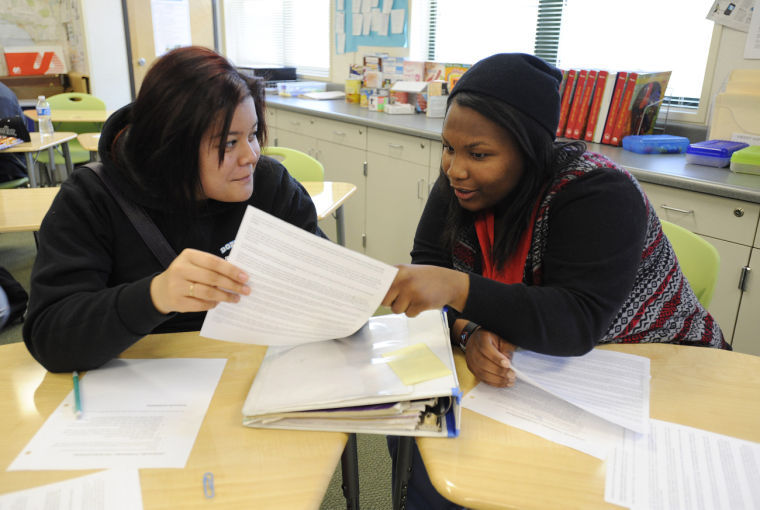Organized activities are needed to end “summer slide” for younger students
July 17, 2013
If you were to ask any 12-year-old whether or not he’s excited for the onset of summer, his response wouldn’t be difficult to predict — that is, if he has the attention span to even provide one.
Ask anyone whose school days are well behind him to recount some of his most cherished adolescent memories, and chances are that a disproportionate amount occurred during the summer seasons.
There’s a special relationship between our recognized rites of passage and those three months of freedom, mirth and no homework. The cultural significance of summer to a child’s hormone-riddled journey from adolescence to adulthood is reinforced in popular films such as “Grease” and “The Sandlot.” This should come as no surprise to most: The quarter of the year out of school enables students to spend time with family and enjoy social experiences, which are education in their own right.
But, without any of these benefits of a liberated summer, it would be needless and ineffective to release students in June, only to return in September with significant “summer learning loss.” And this summer slide is far more dangerous than the slides that kids usually associate with summer vacation. Study after study concludes that such a long break results in an average loss of one month’s worth of content in mathematics and up to three months in reading comprehension.
What is perhaps most striking in this data, however, is the significant discrepancy in retention when considering students’ family incomes.
According to one study completed by the Johns Hopkins School of Education that tracked the math and reading abilities of low- and high-income students, both groups advance comparably in reading and math during the year, however, the former declined in ability during the summer while the latter marginally improved.
It’s evident from this data that those who could most benefit from the enrichment that happy memories of vacations and summer camps provide might not actually receive these opportunities. Even this bastion of innocent fun represents one more space in the achievement gap between poor and privileged students.
This, however, should come as no surprise when one considers the few educational benefits mustered in defense of summer vacation. Sure, students with educated and financially secure parents can reap the developmental benefits of vacations, camps and independent learning, which prevent memory loss, but these luxuries aren’t readily available for those students who already face obstacles at home and in school.
While several parents welcome — initially, at least — the opportunity for quality time with their children, those unable to take any considerable time off from their jobs are left to scramble to place their children in free summer programs offered mostly by charities or churches.
Even the spontaneous childhood gatherings at playgrounds and in backyards aren’t always possible in those neighborhoods where rampant crime is a legitimate concern for parents. And the programs that exist to occupy students’ time in a safe environment are limited to grade-school students.
This leaves a significant gap in summer-learning opportunities among high school students — the more privileged of whom can reap the benefits of life-changing volunteer projects and leadership camps which, incidentally, look very appealing to college admissions officers.
Ultimately, the season long concession that schools make to students, parents and teachers has the potential to produce a host of educational benefits that students of any age could energetically recite. Disposing of this recess would be culturally naive. But, once educators dismiss students from the ideally equalizing public school sphere in the summertime, they must realize that this break allows the socioeconomic inequities to creep back into students’ development. Policy makers at the state level, then, ought to provide universally accessible summer programs for students disadvantaged by the vacation. And for those critical of any expansion in state spending, these programs should represent a more efficient reallocation of funds than an additional expenditure. Consider the money saved by efficiently utilizing the autumn months, which now go wasted, dedicated to needless review of material from the previous school year. This benefit, not to mention the dent placed in the achievement gap, could surely counterbalance any cost.
School administrators and charitable foundations are already beginning to catch on, as both increasingly widen funding streams to rigorous academic summer camps in districts across the nation, including Pittsburgh Public Schools’ Summer Dreamers Academy program. Though these certainly offer encouragement, it leaves state governments — the constitutionally appointed guardians of education — to standardize funding across all districts, urban and rural.
And if parents can muster the courage to send their children back to school during those hot summer months, then politicians have no excuse.



